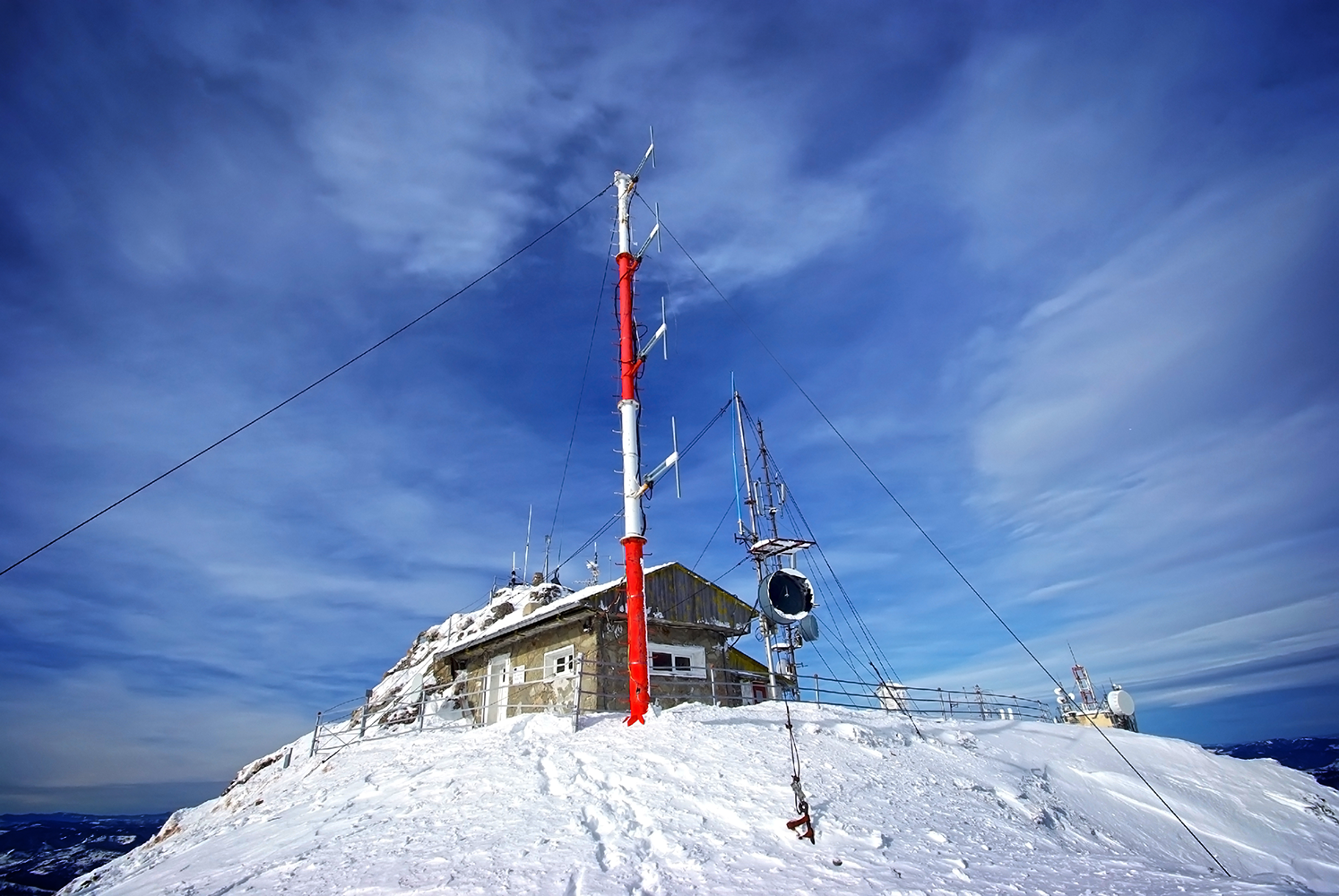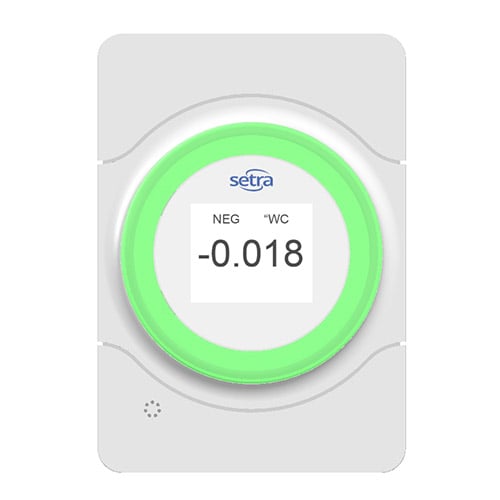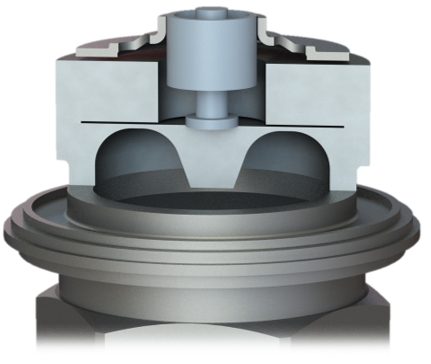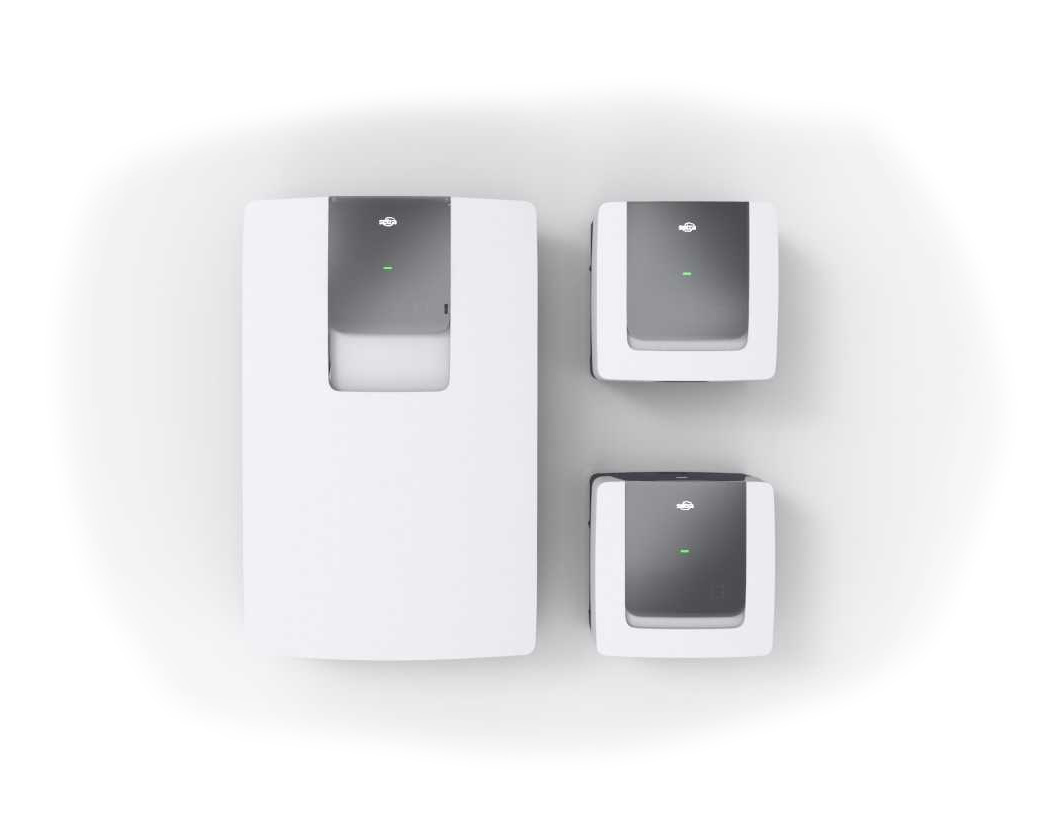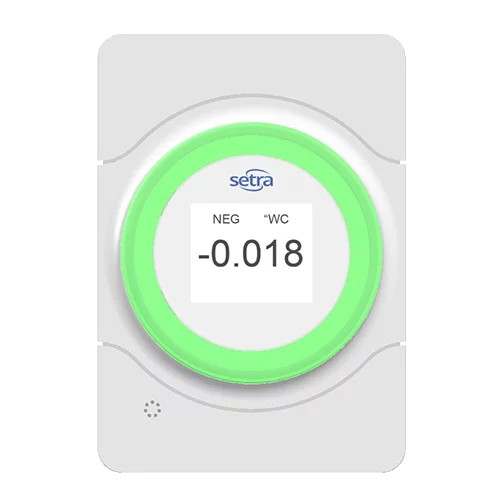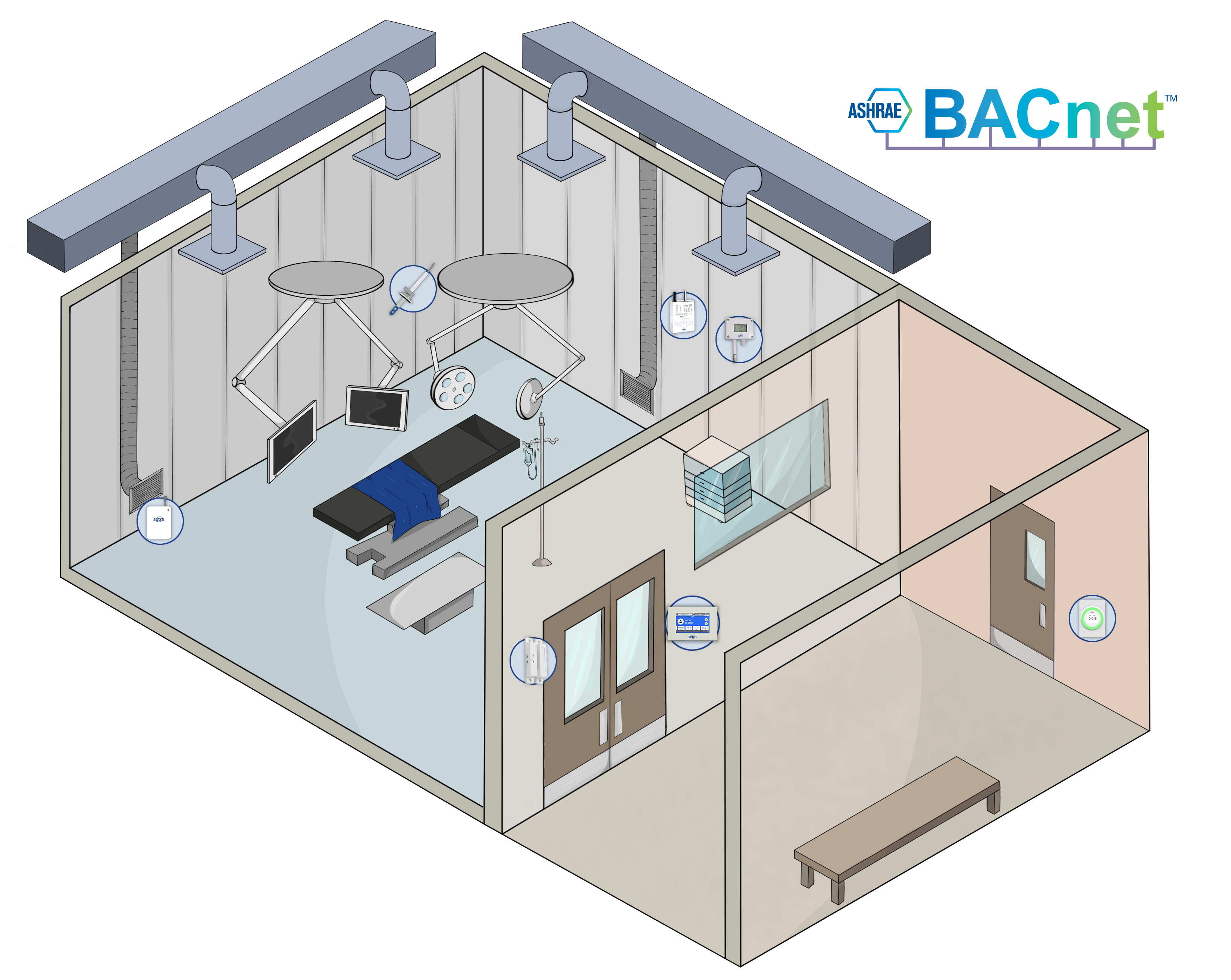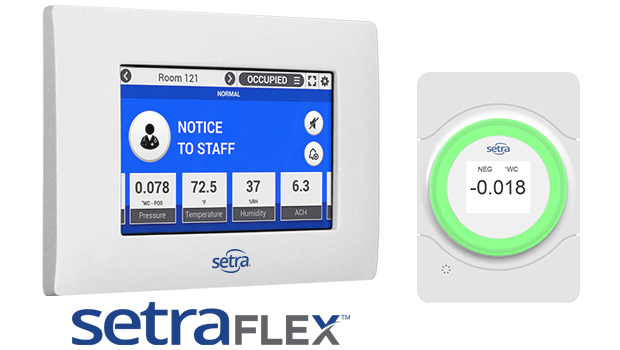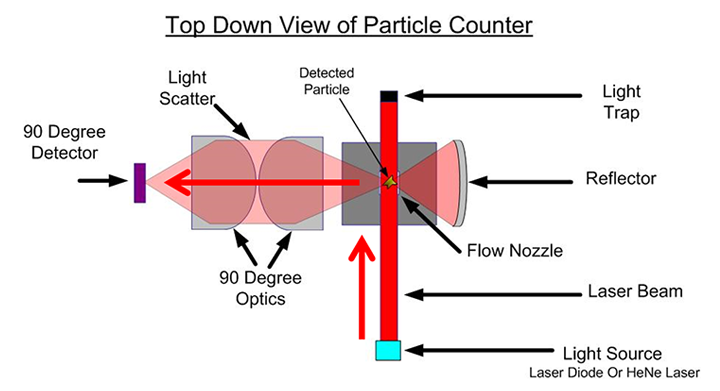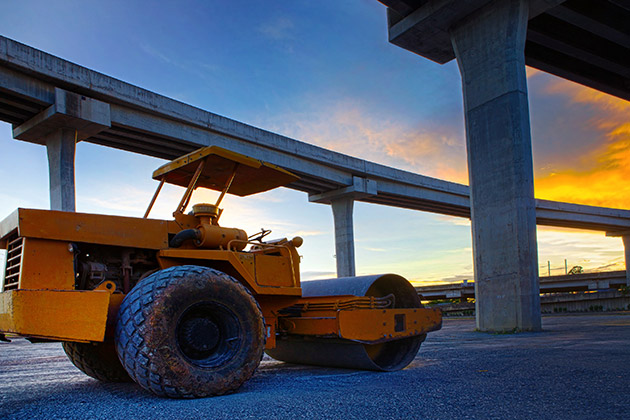The field of meteorology relies on barometric pressure sensors to monitor changes in atmospheric pressure. Even U.S. Government organizations like the Federal Aviation Administration and the National Data Buoy Center depend on barometric sensors. These demanding applications require dynamic response and high-performance calibration as well as accuracy, stability, and low thermal error.
Setra Blog
October 29, 2019
Does Your Room Pressure Indicator Still Require a Ping-Pong Ball? Maybe It's Time to Upgrade
Hospitals and other critical environments contain several spaces that require pressurization. Highly critical spaces require full environmental room monitoring. However, a number of other spaces still require pressurization but do not require a room monitor. According to ASHRAE Standard-170, spaces like this include:
Heavy-duty equipment for both indoor and outdoor applications typically requires measuring water or liquid pressure to some degree. This equipment endures harsh conditions and a wide range of temperatures which can lead to water freezing inside pressure transducers, particularly when equipment is idle. Common applications where this occurs are:
Put simply, energy management is the measurement of energy consumption and utilizing that data to reduce energy usage and costs. Tracking and controlling data is essential for energy conservation efforts for economic benefits and to meet environmental requirements. Energy management can be useful for all types of businesses to reduce operating costs.
For a hospital to be compliant with ventilation guidelines (such as ASHRAE Standard-170), proper pressurization must be maintained in several spaces. Some of these spaces, like a linen closet, call for pressurization but do not require monitoring beyond a simple tissue test inspection.
Operating rooms (ORs) are among the most thoroughly regulated spaces in a hospital. As a room where patients are particularly at risk of contracting an airborne infection, patient safety is a priority. A successful surgery relies on both the skill of medical professionals and the integrity of the space. Controlling this critical environment with the proper equipment keeps patients protected from contagions.
Hospitals face a number of daunting tasks each day without also having to worry about the performance of the equipment on which they rely. The particular medical facility in question experienced abundant issues related to the products they employed. A lack of after-sale support combined with the unsophisticated UI of room pressure monitors and the vendor's reluctance to partner with the facility's BMS controls engineers escalated into long-term compatibility obstacles with the other networked devices. Coming up against these issues led the facility to realize they needed simple and intuitive customizable features that didn't require specialized programming knowledge to set up. In addition to all these issues related to room pressure monitors, they were searching for a solution to make their compounding pharmacy USP 800 compliant with regular particle counting, which they define as an interval of once every 15 minutes.
Critical environments depend on such spaces being free of contaminants. An important method for achieving this is creating positive and negative pressure rooms. In positively and negatively pressurized spaces, air flow is highly controlled by adjusting the pressure differential between both the room in question and the area around it. This ensures air only moves from cleaner areas to more contaminated spaces.
To continue operating, a critical environment must meet many safety standards to keep their space free of harmful particles. If an environment is not monitored, it can be easily contaminated by harmful particles such as mold. Air sampling is one of the most common ways to monitor for - and thus prevent - mold. Viable and non-viable air sampling can be employed in detecting mold and other harmful particles in the air. Not monitoring for those particles can lead to disaster.
Demanding applications like off-highway vehicles and test/measurement require durable pressure transducers with overpressure capabilities. Without them, projects can come to a standstill if a single pressure transducer fails.
Subscribe to Our Blog!
Topics
- Critical Environments (182)
- HVAC/R (179)
- General Industrial (153)
- Building Automation (134)
- General Industrial OEM (92)
- Energy Management (85)
- Test and Measurement (66)
- HVAC/R OEM (58)
- Barometric (44)
- Alternative Fuels (42)
- Medical (40)
- Process/Mfg Tank Level (40)
- Water and Wastewater (39)
- OHV (38)
- Oil and Gas (35)
- Industrial Vacuum (29)
- Calibration (25)
- Semiconductor (25)
- Particle Counting (20)
- Cleanroom Monitoring (17)
- Room Pressure Monitoring (16)
- Trade Show (12)
- cleanroom environment (12)
- Scales (11)
- Environmental Monitoring (10)
- Power Monitoring (10)
- Healthcare (9)
- Power Meters (9)
- Software (9)
- cleanroom monitoring systems (9)
- Case Study (8)
- critical environment technologies (8)
- data centers (8)
- Humidity (7)
- particle counter (6)
- pressure transducers (6)
- LITE room pressure monitor (5)
- hardware and software cleanroom monitoring systems (5)
- setra lite (5)
- Compliance (3)
- Video (3)
- hospital spaces (3)
- FAQ & Troubleshooting (2)
- Monitoring Compounding Pharmacies (2)
- Semiconductor Manufacturing (2)
- agencies that monitor pharmacies (2)
- energy (2)
- hvac (2)
- laboratories (2)
- monitor compound pharmacy (2)
- protected environment (2)
- regulatory compliance (2)
- setra lite features (2)
- usp 797 (2)
- Current Sensors and Transducers (1)
- Current Transformers (1)
- Lithium-Ion Battery (1)
- Pressure (1)
- aerospace cleanrooms (1)
- cems (1)
- digital transformation (1)
- ipv6 multicast (1)
- ipv6 multicast address (1)
- ipv6 multicast address range (1)
- isolation room pressure monitoring (1)
- multicast address ipv6 (1)
- multicast ipv6 (1)
- operating room (1)
- pharma 4.0 (1)
- pressure sensor (1)
- pressure transducer companies (1)
- semi conductor (1)
- sensors and transducers (1)
- setra pressure transducers (1)
- submetering (1)
- sustainability (1)
- temperature monitor (1)
- temperature monitoring for pharmacies (1)
- transducers (1)
- usp 800 (1)
- water (1)
- what does hvac stand for (1)
- what is a transducer (1)
- what is hvac (1)

